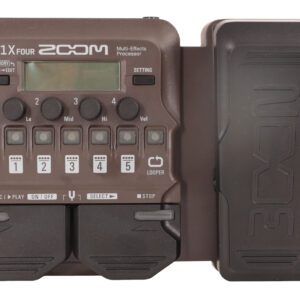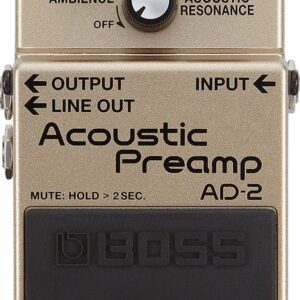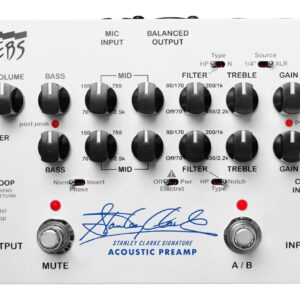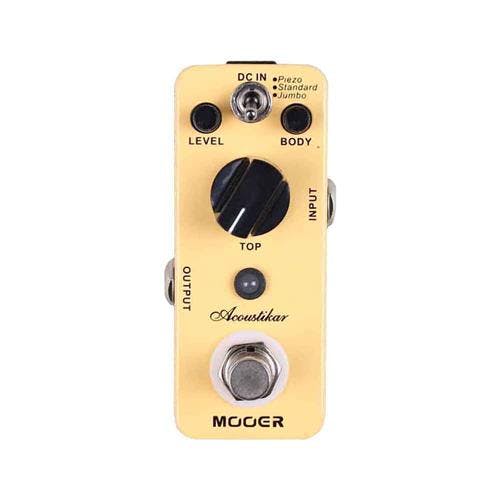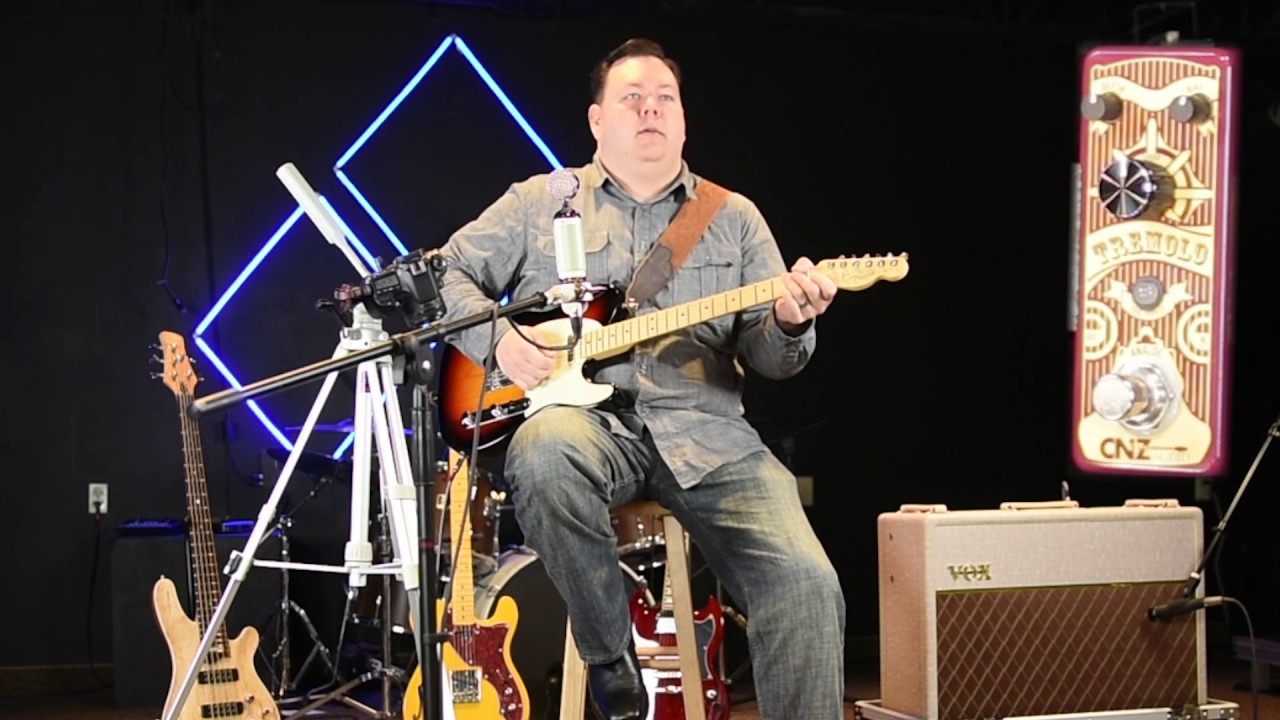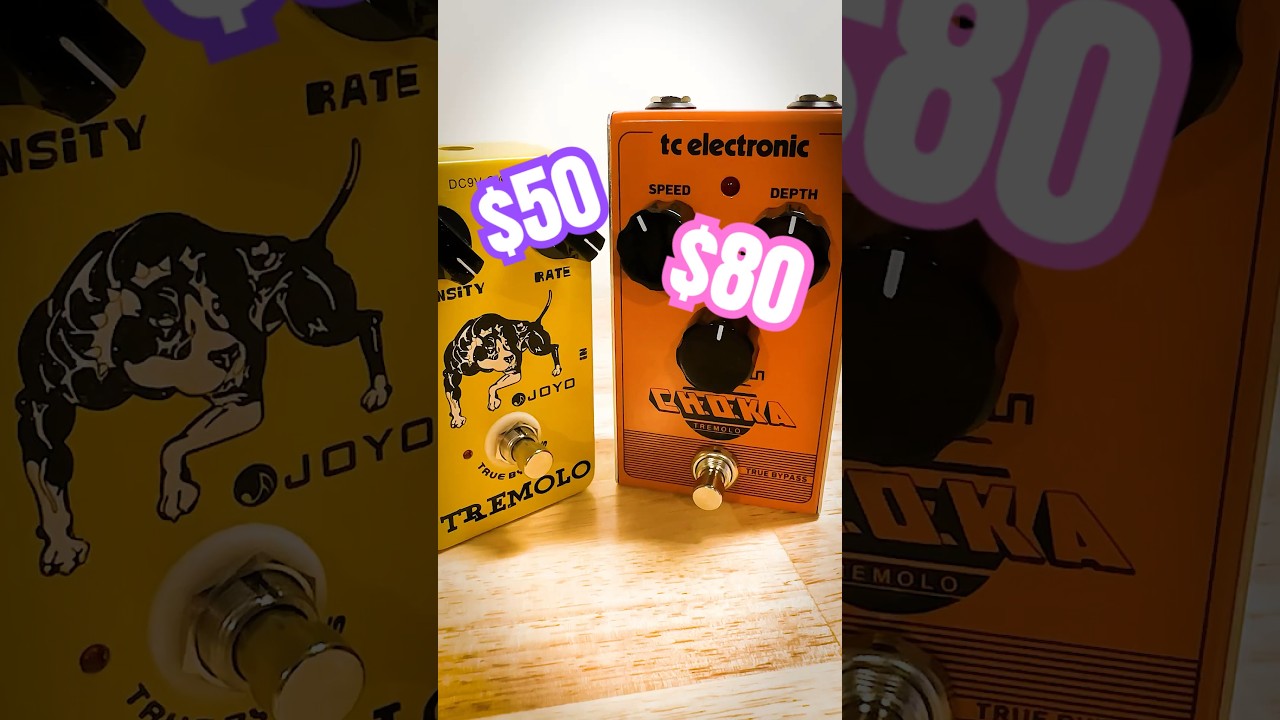Description
The Radial Engineering Tonebone PZ Pre Acoustic Preamp & DI Pedal is currently retailing at £419 and it is out of stock. Available to be delivered to you by post direct (some charge may apply).The team at Just Pedals think that Radial Engineering nailed it with the Radial Engineering Tonebone PZ Pre Acoustic Preamp & DI Pedal.
The Tonebone PZ-Pre Acoustic DI Box Preamp from Radial Engineering is equipped with piezo acoustic input signal boosters to allow both add-on instrument pickups and built-in, integral active preamps to be combined for a more natural rendering. It is compact yet full featured, designed for both studio and live performance.
The Tonebone PZ-Pre instrument preamp begins with two inputs for two instruments, which can be toggled using the toggle foot switch. If you want to use two pickups on a single guitar, a unique Mix function is provided that converts the two channels from “either-or” to both. There are separate level controls for each input.
The tone shaping on the PZ-Pre preamplifier is simple yet extremely musical. It features powerful bass and high controls with a semi-parametric mid. This is supported with a feedback eliminating notch filter with variable frequency sweep control and choice of normal and extra deep notch filtering. To help eliminate troublesome resonance, a dual slope low cut (high pass filter) is also provided. An internal polarity reverse can also be engaged to help eliminate run-away feedback.
To augment on-stage performance, the PZ-Pre Direct Box Preamp is equipped with a combination power booster and effects loop bus. This allows you to introduce an effect such as a chorus, or boost the signal for soloing with a simple foot stomp. A separate tuner out has also been provided along with a mute footswitch for on-the-fly tuning.
To facilitate all kinds of monitoring, the Radial PZ-Pre offers the most comprehensive output array ever: A standard instrument amp output sends the instrument signal to your personal amplifier. A pre-EQ balanced lo-Z balanced output is used to route the flat, pre-equalized signal the signal to the front of house mix position, while a second XLR out is post-EQ for on-stage monitoring and in-ear systems so that the musician can get the sound he wants. XLR outputs are equipped with polarity reverse and ground lift.
Like all Radial products, the PZ-Pre features heavy-duty 14-gauge construction and is supported with a 3-year transferable warranty. Comes equipped with an external 15VDC power supply.
Here’s what Radial say about the Radial Tonebone PZ-Pre Acoustic DI Box Preamp:
The Radial Tonebone PZ-Pre is the most powerful acoustic preamplifier ever to be put inside a pedal. And when we say acoustic, we do not just mean acoustic guitar; we mean ANY acoustic instrument including banjo, violin, cello, mandolin, contrabass, bouzouki or lute. The magic of the PZ-Pre lies in the combination of high performance 100% discrete class-A piezo boosters, an ultra-quiet preamp circuitry that will adapt to any pickup system and a host of connectivity options that put you in control of any situation.
The PZ-Pre features two inputs for quick instrument changes on stage, a powerful yet warm sounding semi-parametric EQ to tailor your sound, pl


